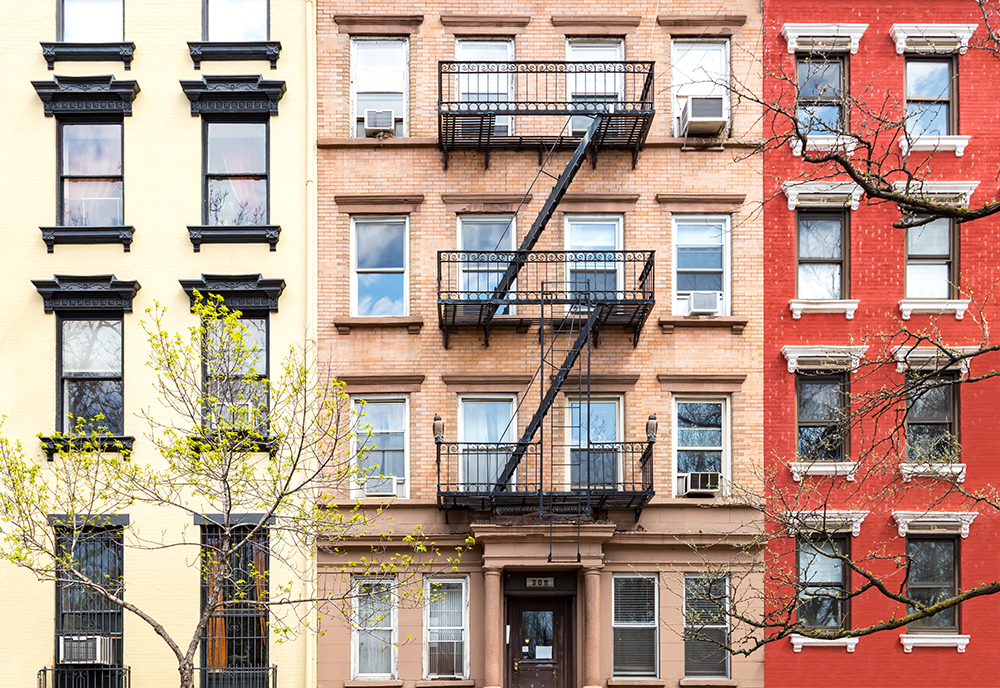NY Law’s Impact
Rent Control Results
Last year, New York state implemented new protections for residents of rent-stabilized and market-rate housing, including the conditions under which rent hikes and evictions are allowed. Affordable housing advocates saw the landmark Housing Stability and Tenant Protection Act of 2019 as vital to helping low-income people avoid homelessness in expensive markets such as New York […]
